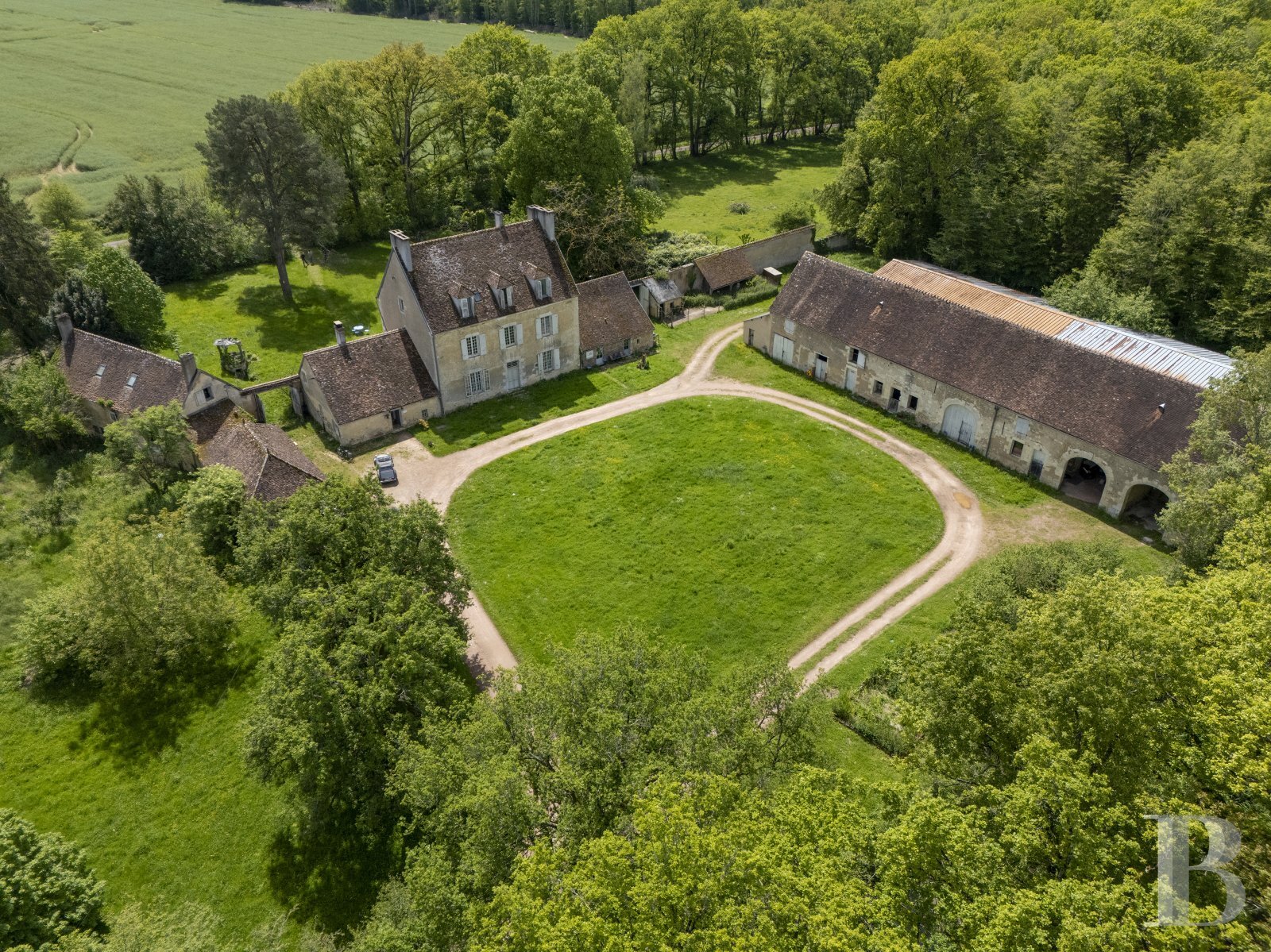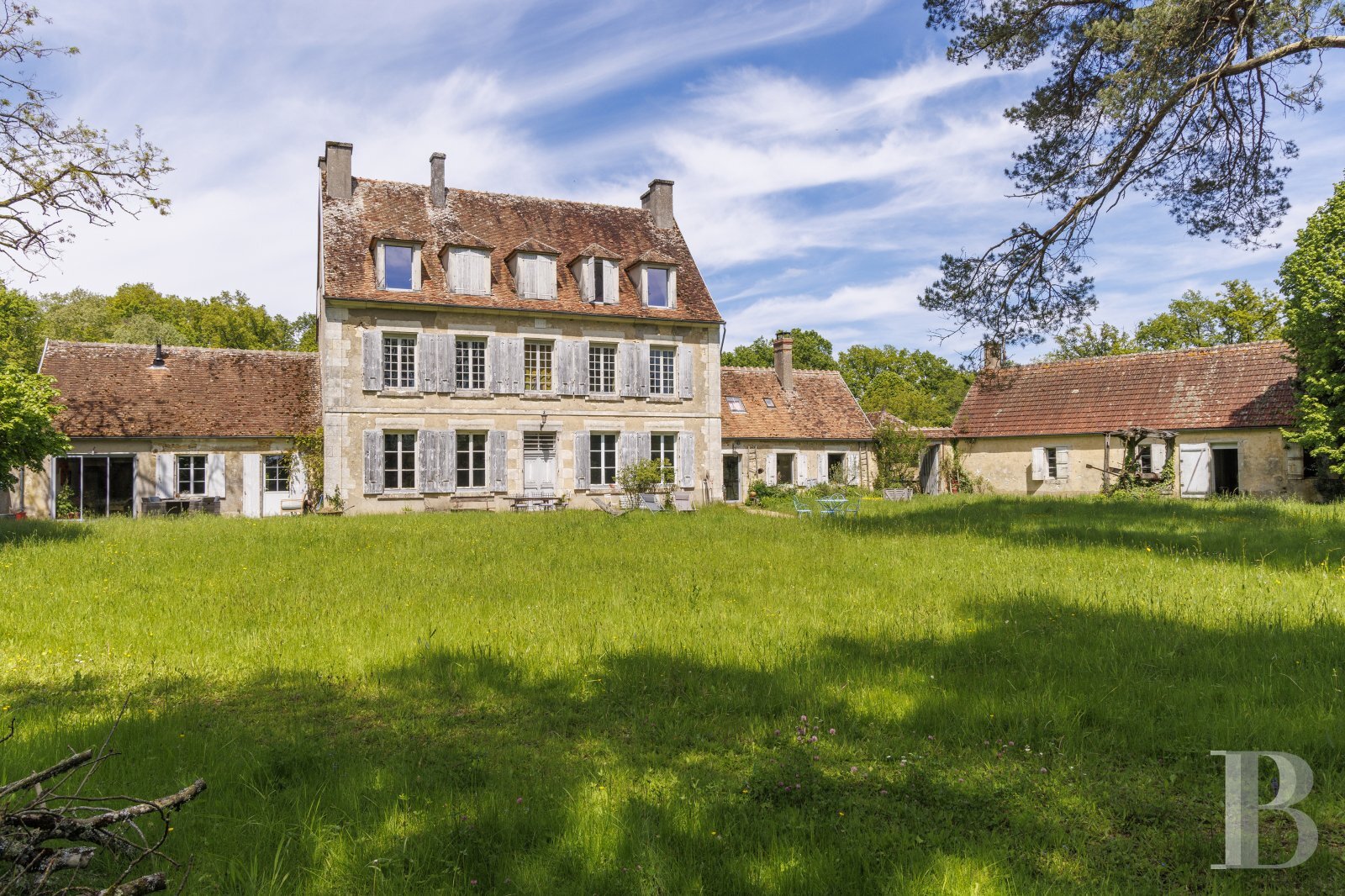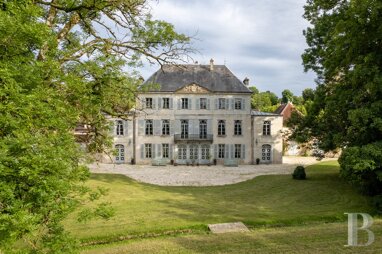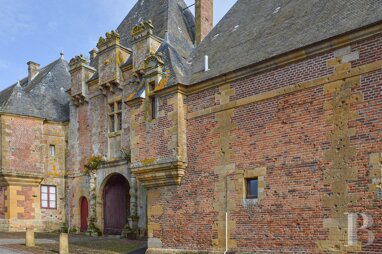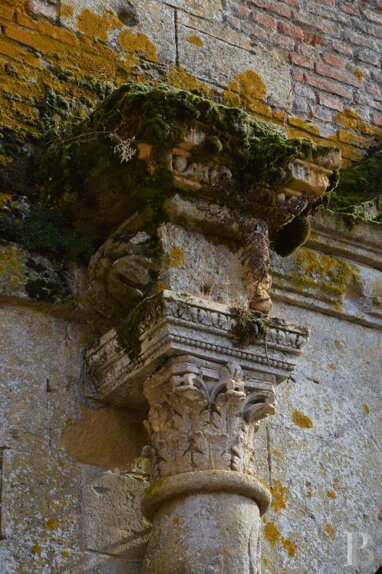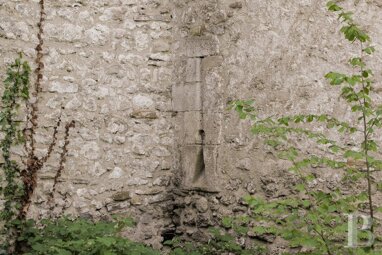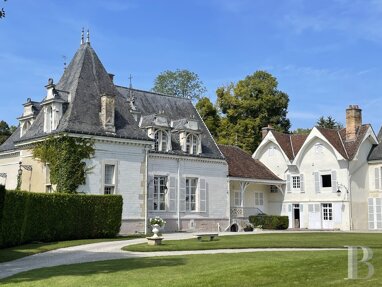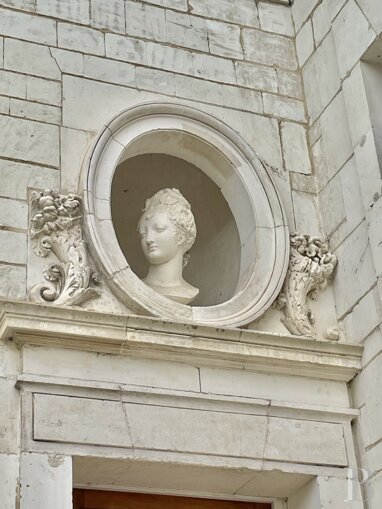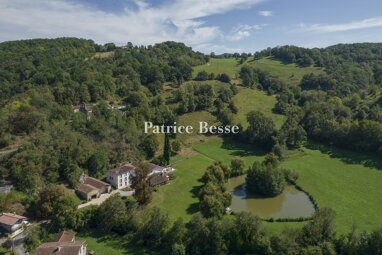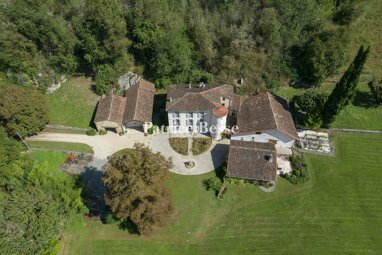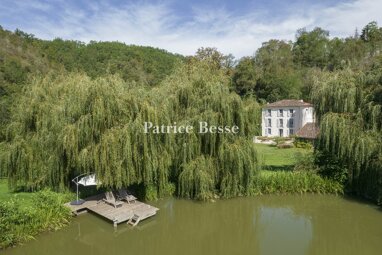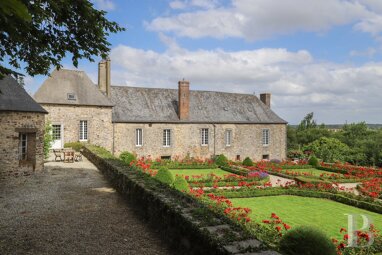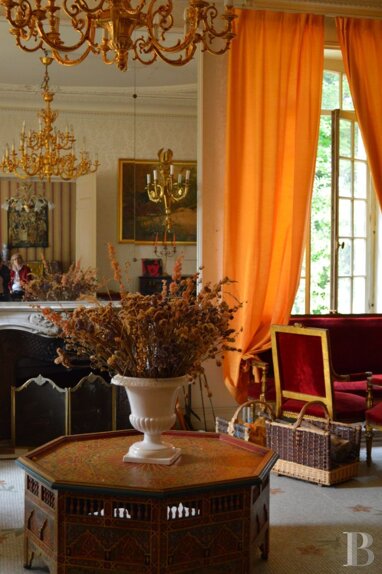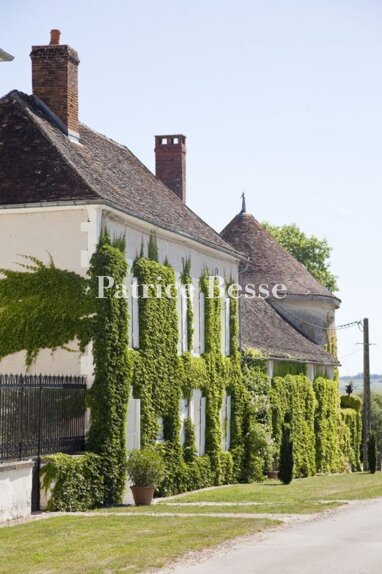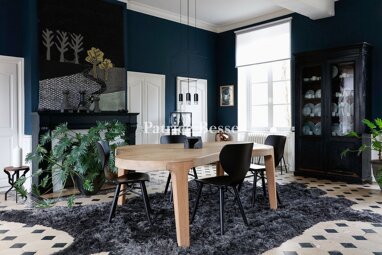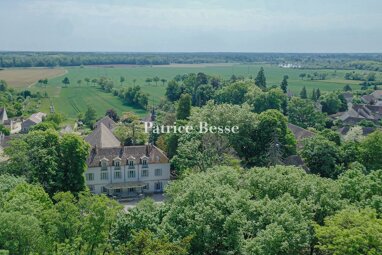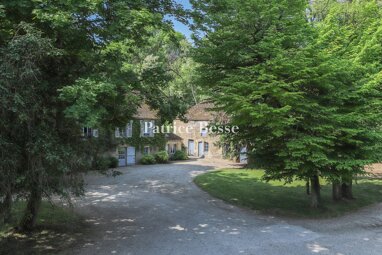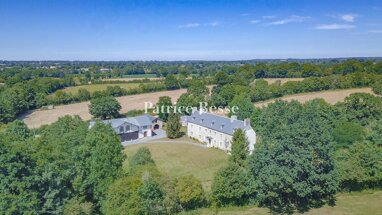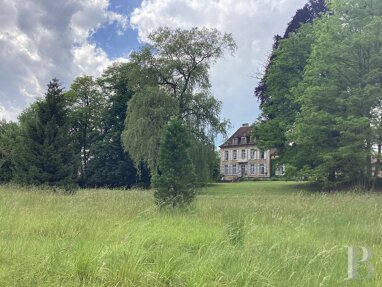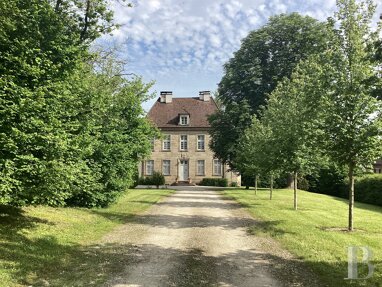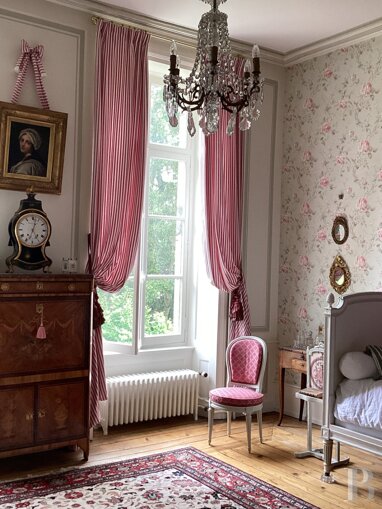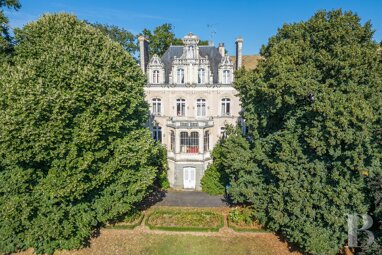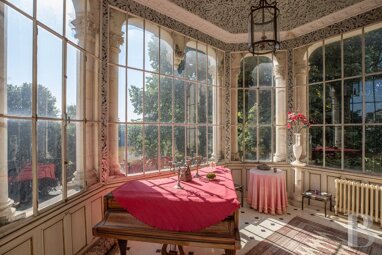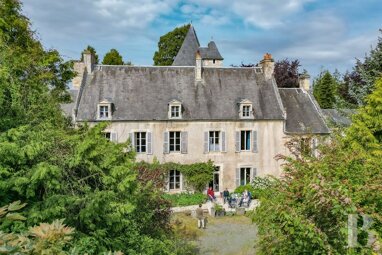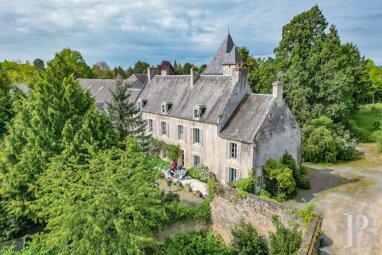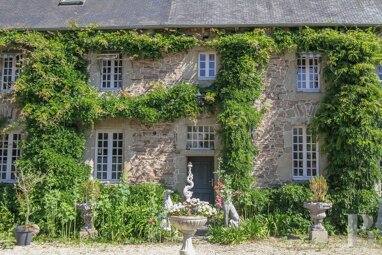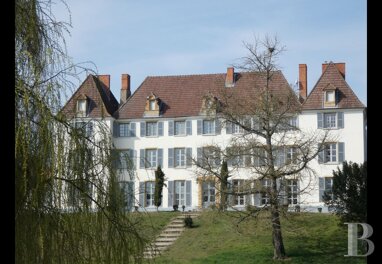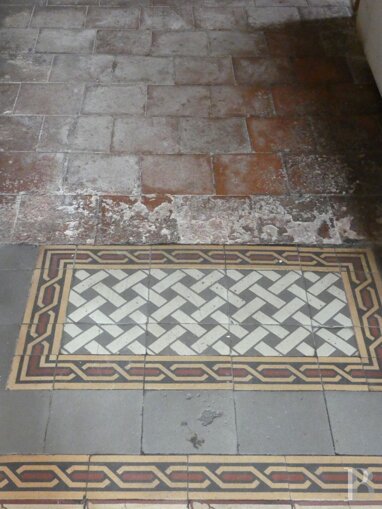A beautiful manor house surrounded by over 6 hectares of woodland and unique tree houses in a natural region of Nivernais with a little hint of Britta
A beautiful manor house surrounded by over 6 hectares of woodland and unique tree houses in a natural region of Nivernais with a little hint of Brittany, two hours from Paris.
The property is located on the western edge of the Burgundy-Franche Comté region, in the northern part of the Nièvre département and the southern part of the Puisaye nivernaise. It is also close to a village with a rare group of remains of the fortifications of a 12th-century feudal town, including one of the oldest keeps in France. The town has been listed as a Historic Monument since 1906. A train station which is 15 minutes from the estate has trains going to Paris-Bercy in 2 hours. Local shops are very close to the manor house.
Large, rolling plains, surrounded by wooded hillsides are criss-crossed by meadows grazed by Nivernais Charolais cattle, easily recognisable with their light red and white coats. They contribute to the remarkable views near the property, which is reached by a small road bordered by a forest. A round track gives you a view of the entire estate and means you can park close to the manor house. The house stands imposingly at the centre of the estate, facing a large lawn and an oak forest dotted with tree houses that blend into the landscape. Remodelled by Jean-Louis-César Deschamps de Bisseret, a count and dragoon officer under Napoleon I who appreciated symmetry, it has many architectural features that suggest the manor was built in the 17th century, although the date 1808 is inscribed on the facade. The manor house does not appear to have undergone any significant changes since then. Three storeys high, it has two main facades that differ slightly from one another: topped with a flat-tiled gable roof with dormer windows, the manor house has straight, regular windows arranged in rows of three to the north and five to the south. They are enhanced by ashlar quoins and window surrounds. On either side of the main building, two lower extensions feature wooden-framed doors with window panes and flat Burgundy tile roofs. A second entrance at the rear of the house is framed by two old stone pillars on either side of a metal gate. A pond as nearby, almost hidden from view.
The manor houseWith a total floor surface area of approx. 425 m², the main building is accessed via double wooden doors topped by a glass transom, which are similar on the north and south sides.
The ground floor
The property is entered via two double-leaf wooden doors with glass transoms, featuring unique metal espagnolette locks. The room, with its terracotta floor and mouldings, leads to a lounge with a herringbone oak parquet floor and a marble fireplace with highly stylised angular jambs and a lion's paw base. Two double-leaf panelled and moulded cupboard doors on either side of the hearth face two others, including the room door. Supporting panelling covers the bottom of the walls. The rooms in the west extension follow. The first, vast and illuminated by large windows and covered with octagonal floor tiles, looks out over the grounds. It opens onto a hallway leading to a toilet and a utility room. A smaller room adjoins it, with a stove next to a large window. A passageway with brick-framed windows leads to a washbasin. The floors are in travertine. A sliding door reveals a sauna and a walk-in shower. Back in the hallway on the other side there is a dining room with remarkable ornamentation, including several Empire-style bas-reliefs, original panelling concealing a large number of storage units and a niche decorated with palmettes. The two shades of blue used to paint the joinery highlight the mouldings. It overlooks the grounds to the south and connects the kitchen in the east extension, which has been updated and fitted with drawers, cupboards and a central island. The room is heated by a massive, old stone fireplace ...
